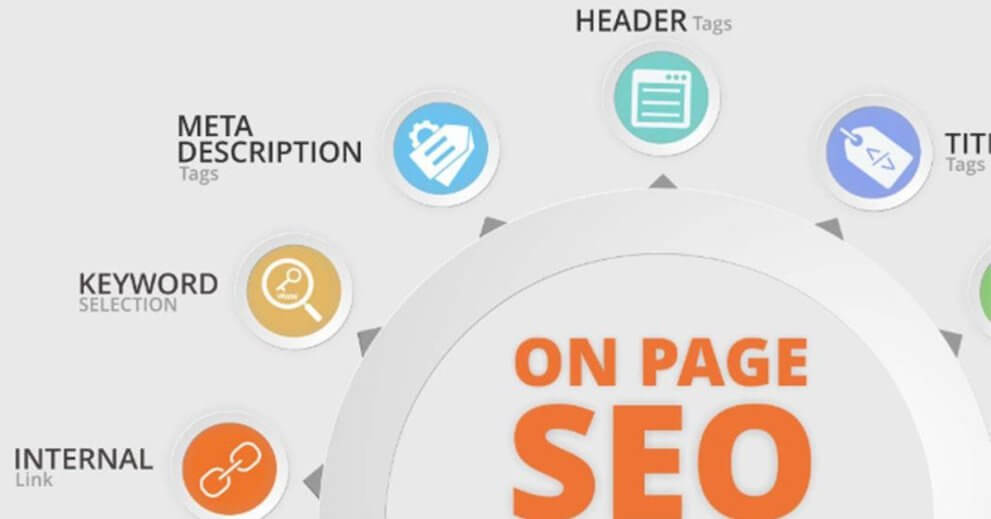SEO best practices for beginners can feel overwhelming at first, but don’t worry, you’re not alone. If you’re starting your online journey, learning how to make your website visible on Google is essential. This beginner-friendly guide will walk you through simple, step-by-step SEO strategies to help your content rank, attract more traffic, and gain actual visibility.
Start With What SEO Means
Let’s start from the beginning. SEO (Search Engine Optimization) is just about trying to get your content in front of users when they search for something online. That’s it. You’re making your site easy to find and easy to trust.
Here’s what matters:
It connects users with the right content at the right time.
It’s not about fooling Google, it’s about helping people.
SEO puts your content in front of the right audience.
Keyword Research
Think of keywords as clues for what people are looking for. If you guess correctly, your content will have a much better chance of appearing in search results. For that reason, keyword research is your first real step.
Easy ways to start:
Use free tools like Ubersuggest, Google Keyword Planner, or AnswerThePublic.
Choose long-tail keywords like “easy SEO tips for beginners“.
Look at how competitive the keyword is. Low to medium competition is ideal.
Make sure the keyword matches what your audience wants.
Get the On-Page SEO Basics Right

Even if you have amazing content, Google will never rank it unless you have it formatted correctly. On-page SEO is meant to describe putting your content in a way that is easy to understand, both for humans and search engines.
What do you want to do here?
Put your keyword into your title, URL, headings, and first 100 words.
Use short paragraphs, bulleted lists, and headings.
Add alt text to images so Google knows what they are.
Link to related blog posts and pages on your site.
Write a great meta description that makes people want to click.
Create Useful Content
Search engines love valuable content, but do you know who loves it even more? Real readers. If your post solves a problem or answers a question, it will rank better. Simple.
Here’s how to make your content valuable:
Write like you’re talking to a friend
Solve one real problem, clearly, and comprehensively
Use bold text, images, or examples to make explanations better
Get straight to the point, no fluff
Make it easy to skim (no one reads walls of text!)
Create a Mobile-Friendly Site that Loads Quickly

More than 60% of web traffic comes from mobile devices. If your site looks horrible on a phone or takes forever to load, people are going to bounce, and Google will notice.
Here’s how to fix it:
Choose a responsive theme that adjusts for different screen sizes
Compress images (there’s a ton of image compression tools out there, such as TinyPNG)
Choose a fast hosting provider
Eliminate heavy plugins and pop-ups
Run your site through Google’s Mobile-Friendly Test
Measure What’s Working (and What’s Not)
If you guess, you will get nowhere. If you want to drive traffic and improve rankings, you must look at the data. Fortunately, there are free tools that help you do this easily.
You will want to track your progress using:
Google Analytics – see who is visiting your site and what they are doing
Google Search Console – see how your pages are performing in the search results
Ubersuggest – check keyword rankings and traffic patterns
Keep an eye on key metrics like bounce rate, time on page, and click-through rate.
Main Keyword Used: SEO step-by-step guide
Stay Informed with SEO Changes
Google updates its algorithm hundreds of times per year. Don’t worry, you don’t have to be an expert. You just have to be willing to learn and make adjustments.
You can keep informed by:
Reading blogs like Moz, Backlinko, or Search Engine Journal
Keeping an eye out for major Google core updates
Updating older blog posts with new information or keywords
Trying out new tools and strategies as they come out
Secondary Keyword Used: how to improve SEO
Final Thoughts
SEO is not about playing to the whims of algorithms. It’s about helping others find what they are already looking for. Stick to these SEO best practices for beginners, and you will be ahead of the pack.
Remember: you don’t have to do it all at the same time. You can start with only one or two steps from these lists and build. Important growth doesn’t happen overnight, but trust me, it’s worth it.
FAQs
How long does SEO take to work?
Plan for 3-6 months to see any sustained results, but it may honestly depend on your specific industry focus and how consistent you are.
Do I need to write every day to show up on Google?
Nope. Quality and unique posts are better than everyday posting “fluff.” Focus on creating value rather than volume.
Can I learn SEO and not use an expert?
Absolutely. With the right directions and tools (like this one!), anyone can learn the basics.
